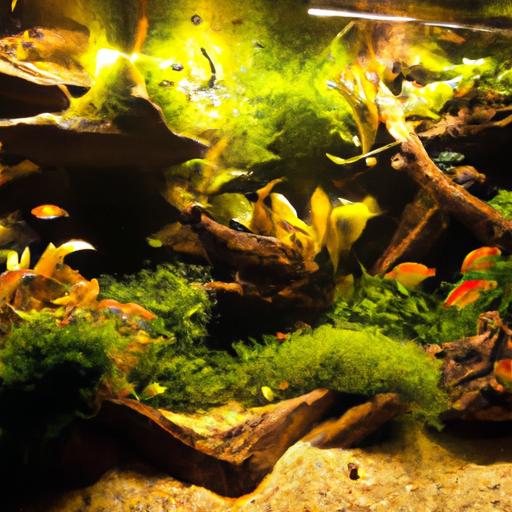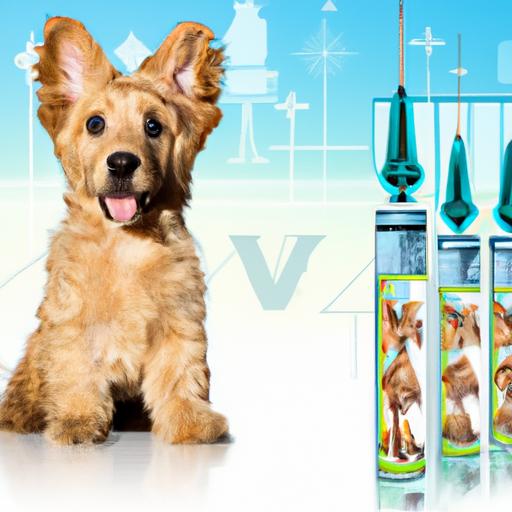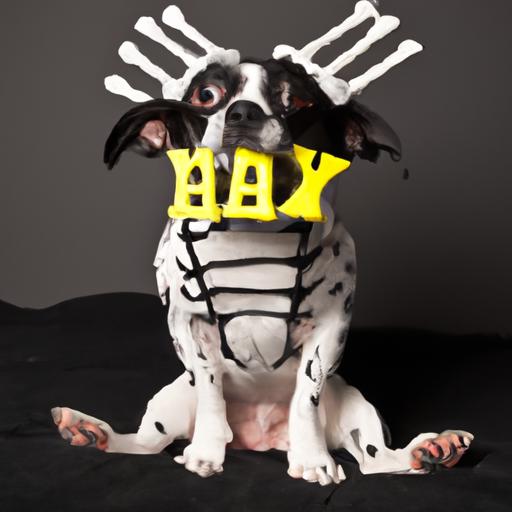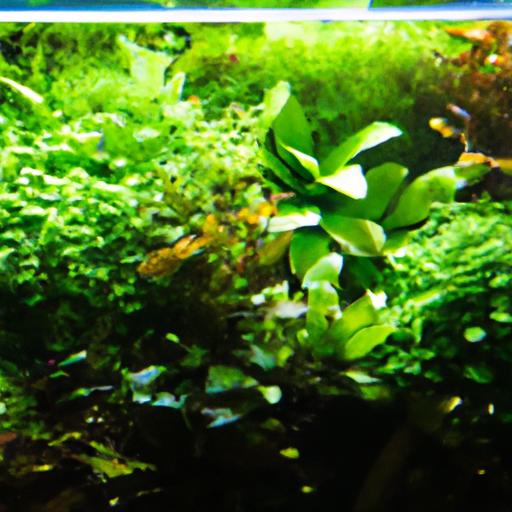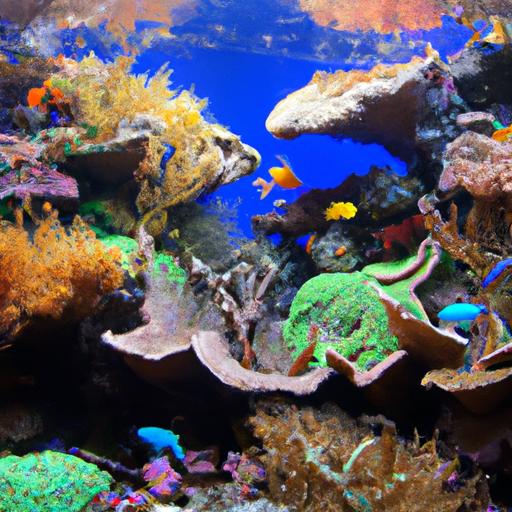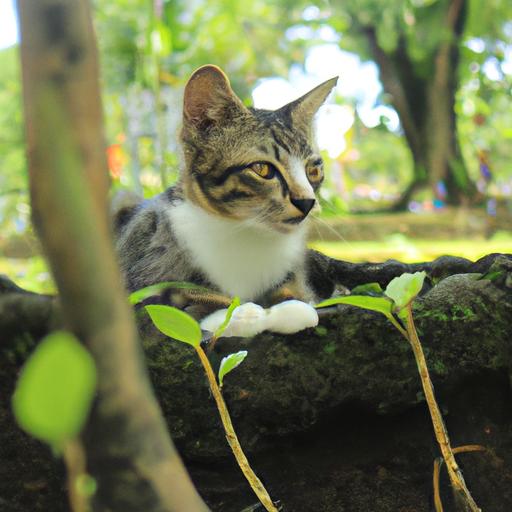
Cat Behavior: The Meaning of Tail Puffing
Uncover the secrets of cat behavior with our comprehensive guide on “Cat Behavior: The Meaning of Tail Puffing.” Decode feline communication today!
Introduction
Cats are fascinating creatures, known for their unique behaviors and mysterious ways. To truly understand our feline companions, we must delve into the depths of their behavior patterns. One intriguing behavior that often captures our attention is tail puffing. In this article, we will explore the meaning behind tail puffing in cats, unraveling its various interpretations and shedding light on the silent language of our furry friends.
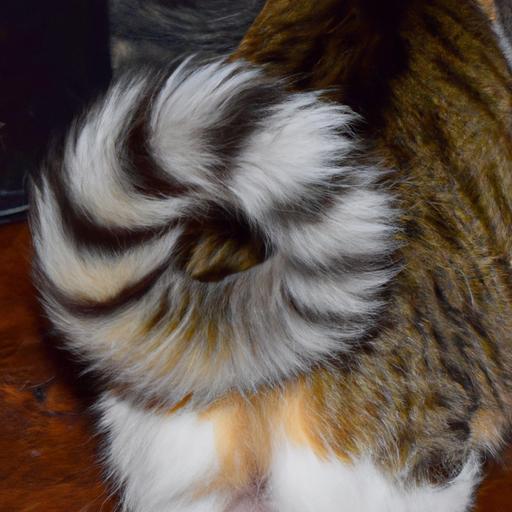
Understanding Tail Puffing in Cats
Definition and Explanation
Tail puffing refers to the phenomenon where a cat’s tail becomes noticeably enlarged and fluffy. It’s a visual representation of the cat’s emotional state, serving as a form of communication. When a cat puffs up its tail, it is a signal that something significant is happening in their world.
Reasons for Tail Puffing
Tail puffing can occur due to various reasons, each conveying a different message. One common cause is fear. When a cat feels threatened or frightened, it instinctively puffs up its tail as a defense mechanism. This visual display aims to make the cat appear larger and more intimidating to potential predators or threats.
Additionally, tail puffing can also indicate aggression. When a cat is feeling territorial or provoked, it may puff up its tail to assert dominance and warn others to back off. This behavior is often accompanied by other signs of aggression, such as hissing, growling, and bared teeth.
Furthermore, tail puffing can signify excitement or arousal. When a cat is highly stimulated, such as during playtime, anticipation of food, or interaction with their favorite human, they may exhibit tail puffing. It’s their way of expressing enthusiasm and anticipation for the enjoyable experience ahead.
Tails as Communication Tools
A cat’s tail is a versatile tool for communication. By observing the position, movement, and puffiness of their tails, we can gain valuable insight into their emotional state. For example, a relaxed and loosely hanging tail indicates contentment, while a twitching tail may indicate irritation or curiosity. Understanding these subtle cues can help us navigate our interactions with cats more effectively.
FAQ: Frequently Asked Questions about Tail Puffing
What does it mean when a cat’s tail is puffed up?
When a cat’s tail is puffed up, it typically means they are feeling threatened, fearful, or agitated. It’s their way of displaying their emotions and warning others to keep their distance.
Is tail puffing always a sign of aggression?
While tail puffing can be a sign of aggression, it is not always the case. Cats may also puff up their tails when they are excited or aroused, such as during playtime or when anticipating something enjoyable.
How can I differentiate between fear-related tail puffing and excitement-related tail puffing?
Differentiating between fear-related and excitement-related tail puffing can be challenging but not impossible. Pay attention to other body language cues, such as hissing or growling, to determine if the cat is feeling threatened or excited. Context is also crucial in interpreting their behavior.
Are there any health issues associated with tail puffing?
Tail puffing itself is not a health issue. However, if a cat’s tail remains puffed up for an extended period or if it is accompanied by other concerning symptoms, such as excessive grooming, loss of appetite, or lethargy, it may indicate an underlying health problem. In such cases, it is advisable to consult a veterinarian.
Conclusion
Understanding cat behavior, including the meaning behind tail puffing, allows us to forge stronger bonds with our feline companions. Tail puffing serves as a visual language, conveying messages of fear, aggression, or excitement. By paying attention to a cat’s body language, including their tail, we can decipher their emotions and respond accordingly.
Next time you observe your cat with a puffed-up tail, take a moment to assess the situation and consider their emotional state. Remember, tail puffing is just one piece of the puzzle, and it’s important to consider other body language cues and the overall context. By honing our ability to interpret our cats’ behaviors, we can create a harmonious and fulfilling relationship with our feline friends.
So, the next time your cat’s tail is puffing up, remember, it’s their way of speaking to you. Are you ready to listen?
Note: This article is for informational purposes only and should not be considered a substitute for professional veterinary advice. If you have concerns about your cat’s behavior, consult with a qualified veterinarian.

















